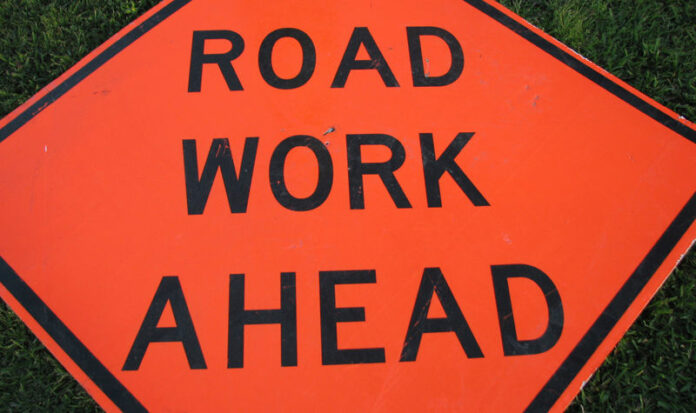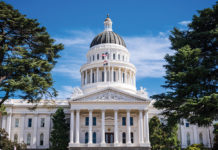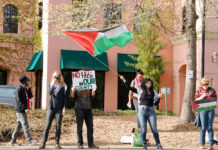Last November Save Our Sonoma Roads supported Measure L, which increased the Transient Occupancy Tax (TOT) in unincorporated Sonoma County from 9 percent to 12 percent. It is estimated to increase annual revenue by $5 million. The ballot question explained that the purpose of the tax increase was “to address the impacts of tourists by investing in roads, emergency response,” and other tourism-related impacts. Over 68 percent of county voters approved the measure.
We understand that many supervisors support devoting some of the $5 million in new revenue to mitigate the wear and tear on county roads from an estimated 10 million tourists each year. We think it is time to reconsider how all of the $20 million that the TOT will generate is spent.
Sonoma County experienced a “once in a century” storm season this past winter that has devastated our county roads. Storm damage emergency repair costs may redirect money that would have otherwise been spent on new pavement.
Over 800 miles of the county’s bucolic rural roads are in poor and failing condition, roads that tourists might enjoy if they weren’t riddled with potholes. TOT revenue could partially address this problem in the 2017-2018 county budget.
TOT has increased dramatically during recent years. In 2006 TOT revenue was just over $6 million. While the county cannot provide precise figures, about 40 percent of the increase comes from single unit VRBO/Airbnb rentals in rural areas. Because owners of such units now need PRMD permits to operate, TOT revenue will likely continue to increase.
TOT revenue is not generated evenly throughout the county. Almost 45 percent comes from the Fifth District (west county), and about 35 percent comes from the First District (Sonoma Valley). Perhaps coincidentally, those two supervisorial districts have the lion’s share of poor and failing county roads.
During the 30-year history of the TOT, 75 percent of the revenue has been spent on advertising to lure tourists to Sonoma County or to support events that visitors as well as residents might enjoy. This was a valid use of those funds in the 1990s, and maybe during the first decade of this century. But does anyone seriously believe that we need an immense budget today to promote tourism to what has become a well-known brand throughout the world? The expenditure of these funds should not be on auto-pilot.
TOT revenue has increased more than 300 percent during the past decade while inflation has been barely above 20 percent. Why devote $15 million to promoting tourism when a decade ago the county got along just fine with $4.5 million? If the TOT revenue devoted to promoting tourism were limited to the 2005-06 baseline and adjusted for inflation, almost $15 million would be available to fix county roads and address other tourism-related impacts such as emergency response.
69.5
F
Healdsburg
April 20, 2025








